Cancer is a catabolic disease with inflammatory behavior along with complicated metabolic repercussions, making it a challenge to feed and nourish patients adequately. The nutrition care process should start at the time of diagnosis, well in time. Clnical Nutrition has been considered as an adjunct therapy in cancer treatment. As a key healthcare professional, it is of primary importance to correct nuritional deficiencies and prevent cancer cachexia. After the sucess of first edition, second edition with more information on the latest nurition developments in the scientific arena was very much needed. This book addresses the role of nurition in cencer, various trending diets on social media, dietary myths & facts as well as provides evidence-based recommendations for patients on treatment and for survivors. The book entails viewpoints of qualified nutrition professionals from both, old & new schools of thought hence covering a variety of oncological aspects. It provides pratical knowledge of nutition care in oncological patients to reduce morbidity, mortality and improve quality of life. It will also help young nutrition professionals to follow a standard protocol for nutrition management in oncological patients.
| Categories: | All, distributed, Internal Medicine |
|---|
| Weight | 500 kg |
|---|
Related products
-
Puzzling Cases in Stroke Vol. 2
₹1,695.00Stroke is a treatable medical emergency affecting about 15 million people every year worldwide. It is the most common cause of common cause of disability globally and is the third most common cause of death. In the present times, there are effective treatment options which if given timely will benefit the patients of stroke remarkably. Therefore, correct diagnosis of acute stroke is extremely important for the clinicians to provide appropriate treatments and to ensure prevention of acute complications, including recurrent strokes. But sometimes a typical or uncommon presentation of stroke or “stroke chameleons”can lead to diagnostic dilemma. Therefore, timely diagnosis and management may be delayed. There are time – tested strategies which when strictly followed by the Neurphysician can reduce the chances of missing the correct diagnosis. Firstly, “Listen very carefully to the patient. He is telling you the diagnosis.” Clinicians should suspect stroke when the history suggests abrupt onset of neurological symptoms. Remember, Stroke is a clinical diagnosis and imaging is providing the corroboratory evidence. Secondly, a complete and systematic neurological examination should be routinely done in patients presenting with acute neurological symptoms because this might shed light on the true nature of the problem. Finally, even the most sophisticated neuroimaging tests might miss the stroke in the early hours after the event.
-
EMG Simplified
₹3,250.00ABOUT THE BOOK – A concise book for practical Electroneuromyography What is it for? Electrodiagnosticians Neurology trainees Neurology practitioners Orthopedic and hand surgeons Physicians Technologists COVERS Technical as well as neurological aspects Troubleshooting paradigms Approach based on presenting symptoms Disease based discussions Considerations about the common and the uncommon Case Studies
-
Puzzling Cases in Stroke
₹1,250.00Stroke is the leading cause of permeant disability , including post stroke dementia, pain, depression and personality changes. While large Clinical Trials reflect information about large stroke populations, the presentation of each and every stroke patient is individual and special. Currently there are only few books which illustrate case oriented discussion. This is unique book which includes common and unusual case of stroke, so as to reinforce diagnostic skills through careful analysis of individual presenting patterns, and to guide treatment decisions.
-
EEG Simplified
₹1,255.00EEG Simplified is an interesting and informative book, it has been written in simple english and discusses various aspects of electrophysiology with clarity. Beginning with basic recording concepts of EEG and the descriptions of normal EEG, the authors take us through artifacts, a very important chapter and then discuss electroencephalographic abnormalities seen in variety of neurological disorders. This kind of book on clinical neurophysiology is extremely useful for day to day clinical practice.
-
-
CASEBOOK OF COVID – 19
₹1,495.00COVID -19 is new disease caused by SARS-CoV-2, a novel virus that emerged at the end of 2019. It is truly remarkable how the virus spread all over the world creating a devastating effect or non-infectious, to the background . There is no medical conversation or conference without reference to it. While the optimal ways to diagnose and manage this disease are being studied with ‘feverish’ pace, controversies spring up almost daily. This has understandably put the treating physicians in a state of confusion, which is matched only by the complexity of the entire illness. We present here a Casebook of COVID – 19, where actual cases seen at different medical centers are discussed along with brief chapters on various aspects of this disease. They have been contributed by clinicians who have been at some time associated with the editors or with the PD Hinduja Hospital. We do hope this book will be of great interest to the practicing clinicians, microbiologists, hospital administrators and public health professionals.
-
John Studd’s Current Progress in Obstetrics and Gynaecology Volume 7
₹1,225.00In Contemporary Obstetrics and Gynaecology, what new trends have evolved, what new advancements have been made, what new technologies have been developed, what new challenges do we face? Current Progress in Obstetrics and Gynaecology will continually answer those questions for you. Volume 7 comprises several topics at the cutting edge of contemporary Obstetrics and Gynecology. First, this volume starts with applications of artificial intelligence (AI) in reproduction medicine and how AI may lead to paradigm shift in this field. Another paradigm – changing topic involves population genetic screening for individualized preventative medicine. This volume addresses a spectrum of gynecologic topics, from dyslipidemia in pregnancy, obesity and reproduction, modern concepts of managing climacteric and menopause, treatment options for overactive bladder and the use of mesh treatment for urogynaecology. There are also chapters dealing with prevention and management of gynaecologic cancers such as those of the cervix and the endometrium. This volume updates new advancement and pratice in obstetric and gynaecological techniques, such as cervical cerlage in modern obsteric practice, routine third trimester scan for the detection of foetal anomalies and now to reduce complications in laparoscopic surgery. Last but not least, this volume addresses third gender gynaecology, the obstetric and gynaecologic care for transgender patients and the increasing use of cosmatic gynaecology in recent years. The editors are grateful to all the authors who have given their expertise and enabled this volume to improve the care of obstetric and gynaecologic patients throughout the world.

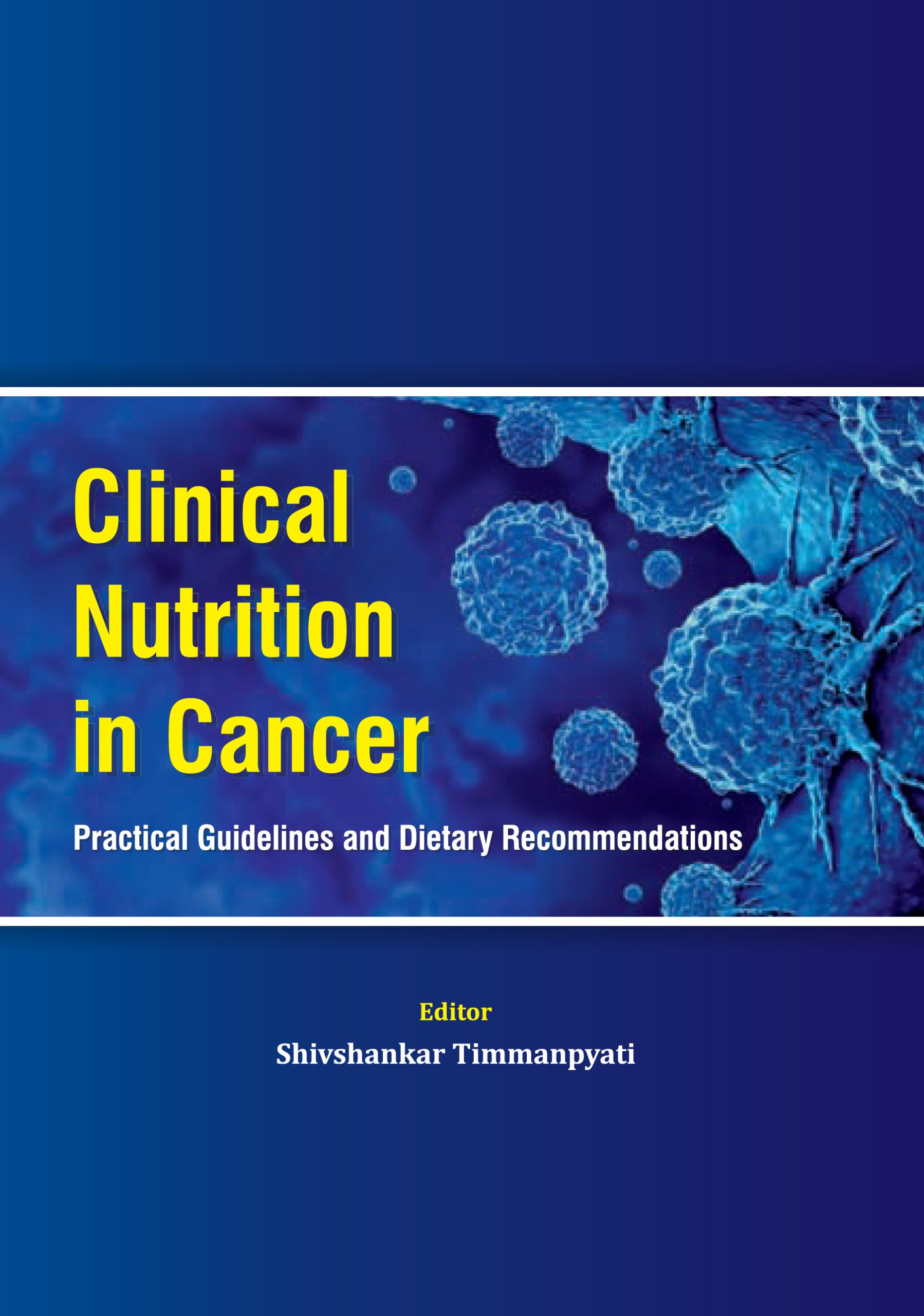
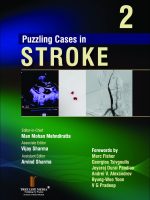
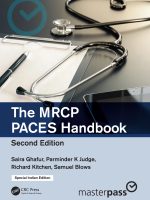

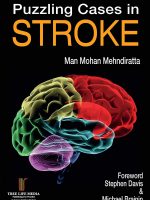

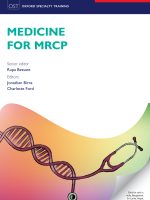
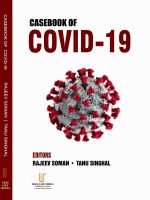
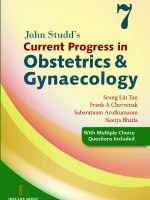
Be the first to review “Clinical Nutrition in Cancer – Second Edition”